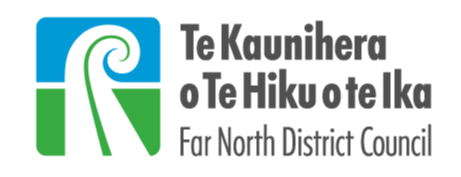Project objectives
The objective of the transformation project is to find ways to clean up the Taipā Wastewater Treatment Plant, limit pollution of the waterways, and make wastewater disposal safer for the environment.
The main goal for the working group collective is to trial a system that produces cleaner discharge, with nutrient levels as clear as possible in the discharge.
Discharging to land is the ultimate goal but more work and funding will be required before this is achievable.
What's going on at Taipā?
What is the problem that the working group is trying to solve at the Taipā WWTP and what is being done about it?
A video summarising the project can be found in the project background section of this website.
Watch the video below for more details about the project.
What is the Taipā Wastewater Treatment Transformation Project?
The transformation project is a collaboration between local hapū, the community, the council and other agencies to actively investigate alternative options for discharging treated wastewater, including discharging to land.
The most viable alternative that is emerging as a result of the transformation project is a process called electrocoagulation (EC). This process takes water soluble nutrients that exist in wastewater (like phosphates, nitrates, and ammonia) and separates them from the clean water. The sludge produced after the EC process can be used as garden fertiliser and the clean water produced is being test to ensure it is safe to go back to land or wetlands.
A trial of the EC system at Taipā has been driven by the working group who believe this is the most technically advanced and cost effective solution.
You can email us to find out more at taipatransformation@fndc.govt.nz
What is electrocoagulation?
Electrocoagulation (EC) is a process using electricity to condense water soluble nutrients in the wastewater. Nutrients like phosphate, nitrate and ammonia which are not visible, bond together to form large molecules which drop down from the water, to form a sludge. Once the sludge is separated from the clean water, the bacteria and algae in the sludge can be destroyed. The sludge can then be used, for example, as garden fertiliser. Sediment ponds at the Taipā WWTP are used for this purpose.
At the Taipā plant, wastewater from the sediment ponds is pumped through the EC system, then a clarifier, and the resulting clean water goes either directly into irrigation on land, into a wetland, or into another pond at the treatment plant.
The EC unit can be added to existing wastewater systems.
What is the working group?
The working group was formed after an Environmental Court hearing ordered different interest groups to work together. The working group formed a strategy to deal with issues that had arisen at the Taipā Wastewater Treatment Plant (WWTP), where the resource consent had lapsed.
Three marae were affected by this. They are Taipā, Parapara, and Te Ahua Marae.
Who are the working group members?
The working group is made up of:
- Three local hapū representatives from Matakairiri, Ngāti Whata Ngāti Tara.
- One community member
- One Far North District Council staff member.
What is the goal of the working group?
The issue at the Taipā WWTP was that the nutrient levels were too high and the discharge had contaminated other sites, including the waterways.
The main goal for the working group collective is to trial a system that produces cleaner discharge, with nutrient levels as clear as possible in the discharge.
Discharging to land is the ultimate goal but it will take a lot more work and funding to get to achieve.

